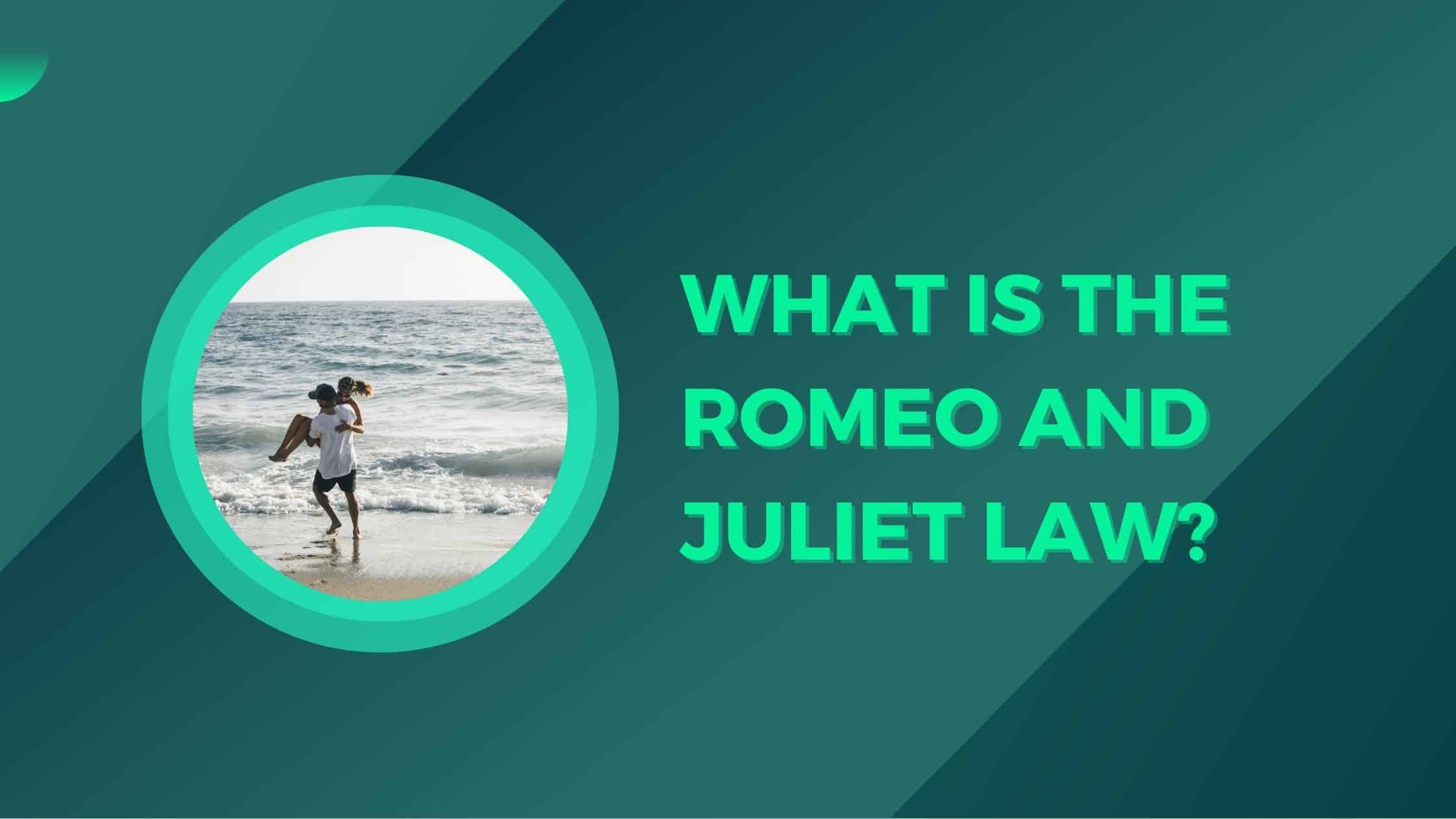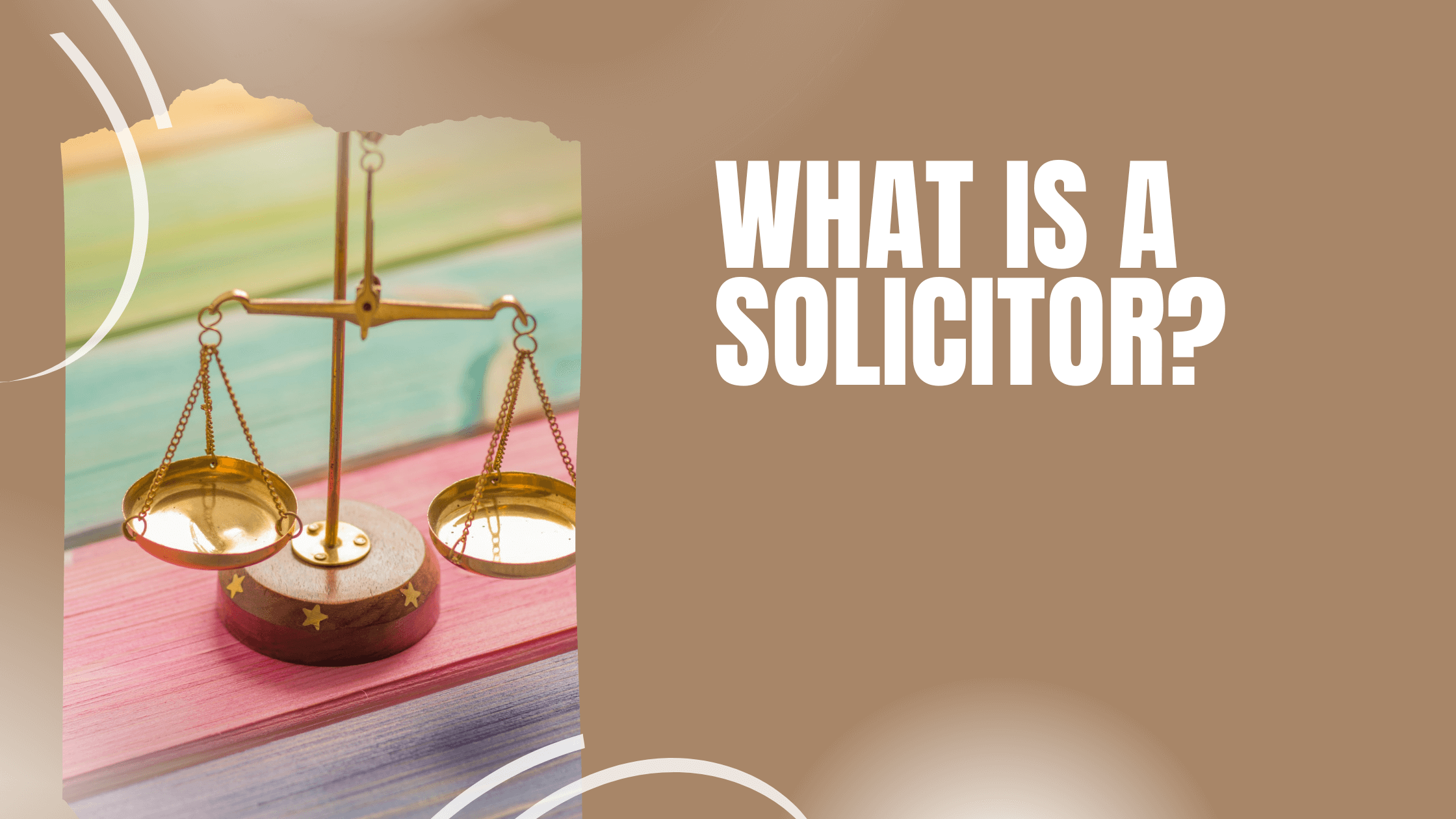Table of Contents
ToggleSources
- https://www.archives.gov/milestone-documents/lend-lease-act
The National Archives provides authoritative primary source documents, including the text of the Lend-Lease Act, making it a reliable source for understanding the legal and historical context of the act. - https://history.state.gov/milestones/1937-1945/lend-lease
The U.S. Department of State's Office of the Historian offers a detailed overview of the Lend-Lease Act, its implementation, and its impact on U.S. foreign policy during WWII, making it a credible source for historical analysis. - https://www.britannica.com/event/Lend-Lease-Act
Encyclopedia Britannica provides a comprehensive and well-researched article on the Lend-Lease Act, including its significance, key figures involved, and its effects on the Allies, making it a trustworthy reference. - https://www.loc.gov/exhibits/archives/lend.html
The Library of Congress offers an exhibit on the Lend-Lease Act, featuring primary documents and historical context, which is useful for understanding the act's role in U.S. and world history. - https://www.iwm.org.uk/history/what-was-the-lend-lease-act
The Imperial War Museums (UK) provides a perspective on the Lend-Lease Act from the British viewpoint, detailing how it aided the UK during WWII, making it a relevant source for understanding the act's impact on Britain.
Key Points
- The Lend-Lease Act enabled the U.S. to supply Allies like Great Britain with war materials while officially remaining neutral in WWII.
- Britain relied heavily on U.S. aid as its supplies and reserves were dangerously low, allowing them to continue fighting Nazi Germany.
- The U.S. initially maintained an isolationist stance post-WWI, with laws like the Neutrality Act limiting involvement in European conflicts.
- Germany's rapid conquest of Western Europe via blitzkrieg tactics left Britain as the last major opponent in the region by 1940.
- FDR negotiated deals like exchanging warships for British bases and later proposed the lend-lease program to support Britain without immediate payment.
- The Lend-Lease Act, passed in March 1941, allowed deferred payments and indirect repayment methods, benefiting multiple Allied nations.
- The U.S. provided $49.1 billion in aid, with 63% going to British Commonwealth countries and 22% to the Soviet Union.
- Lend-Lease also aimed to promote American economic ideals, requiring trade openness and fostering temporary cooperation with the Soviet Union.
- Post-WWII, the program's legacy influenced future foreign aid, emphasizing mutual benefits without creating debt burdens for recipients.
- Despite initial hopes, Cold War tensions undermined the cooperation fostered by Lend-Lease between the U.S. and Soviet Union.
Summary
The Lend-Lease Act of 1941 allowed the U.S. to supply vital war materials to Allies like Britain and the Soviet Union while officially remaining neutral, helping them resist Nazi Germany during WWII. Initially driven by isolationist sentiment, the U.S. shifted its stance as Britain's financial and military situation grew dire, ultimately providing $49.1 billion in aid to over 40 countries. The program not only bolstered Allied resistance but also strengthened post-war U.S. influence, setting a precedent for future foreign aid initiatives.
An important act of foreign aid, the Lend-Lease Act allowed the United States to support the Allies, primarily Great Britain, with war materials such as airplanes, tanks, ammunition, food, and other raw materials while remaining officially neutral during the early stages of World War II.

Get Smarter on US News, History, and the Constitution
Join the thousands of fellow patriots who rely on our 5-minute newsletter to stay informed on the key events and trends that shaped our nation's past and continue to shape its present.
The passage of the Lend-Lease Act was essential for the British, supplying them with crucial aid when their supplies, currency, and gold reserves were running dangerously low. The fate of their nation and the future of Europe as a whole remained perilous.
Lend-lease allowed the British to continue fighting against Hitler and Nazi Germany, who had conquered Western Europe, and until June of 1941, maintained a non-aggression pact (Molotov–Ribbentrop Pact) with the Soviet Union.

Isolationism
Following the devastation of World War I, the United States’ preference for isolationism when it came to conflicts in Europe or anywhere else in the world returned with full force.
The public remained wary of entering into another potentially costly conflict overseas. The prevailing mood at the time was indifferent to what was happening in Europe.
Fascism: a new evil
The rise of fascism in Europe included dictators like Benito Mussolini coming to power in Italy and Adolph Hitler and the Nazi Party in Germany during the early 1930s.

Despite the alarming rhetoric, increasing militarization, and enormous threat emanating from these fascist regimes, Congress passed a series of laws severely limiting how the United States could respond to a potential war in Europe.
Franklin Delano Roosevelt (FDR) codified America’s isolationist stance when he signed the Neutrality Act into law on August 31st, 1935. FDR would summarize the bill as “an expression of the desire…to avoid any action which might involve [the U.S.] in war.”
War Breaks Out
On September 1st, 1939, war broke out in Europe when Germany invaded Poland. Germany rapidly overwhelmed and defeated its neighbors to the east. After that, Germany set its sights on its longtime enemy France.
Blitzkrieg
Germany quickly steamrolled France, Belgium, and the Netherlands during the spring of 1940. The Germans conquered and occupied those countries within a month, taking advantage of their advanced technology, notably Panzer tanks, and the new and highly effective military strategy known as blitzkrieg.

Following their victories, German leadership set sights on defeating the British, their last remaining foes in Western Europe.
Britain needs help
Fighting virtually alone against the military might of Nazi Germany, the British were pushed to the brink of defeat in the summer of 1940.
FDR received a concession from Congress that allowed the United States to supply allied nations in Europe with materials, stipulating that the borrowing countries must pay cash for their purchases and transport them on their own ships across the Atlantic.
As Britain’s situation grew increasingly dire, FDR agreed with British Prime Minister Winston Churchill to exchange more than 50 outdated warships for 99-year leases on British naval and air bases in the Caribbean and Canada.
Churchill’s plea
In December of 1940, Britain was running dangerously low on supplies and cash. Churchill warned Roosevelt that his country would soon no longer be able to pay cash for military supplies.

FDR’s plan
Following Churchill’s plea, Roosevelt began attempting to convince Congress and the American public that providing more direct support to the British was not only altruistic but also in the United States self-interest.
On December 8th, 1940, FDR proposed a new initiative to help Churchill and the British. This initiative would rely on lending rather than selling equipment to its allies in their fight against fascism.
Lend-lease comes to fruition
The lend-lease proposal stated that the United States would accept deferred payments from borrowers, and repayment could come in any form, direct or indirect, that FDR and the government deemed acceptable. The United States Congress finally submitted and passed the act into law in March of 1941.
Dispersal and Impact
Despite being created primarily for Great Britain, the United States also used the Lend-Lease Act to support other allies.

In April of 1941, the United States government authorized the Chinese as recipients of the lend-lease program for their war against the Japanese, which had raged since Japan invaded Manchuria in 1937.
In September of 1941, the Soviet Union, which Germany invaded that June, began receiving support via lend-lease.
By the numbers
The United States gave out aid valued at a whopping $49.1 billion. Approximately 63 percent of the support went to British Commonwealth countries, and about 22 percent went to the Soviet Union. More than 40 countries received some form of assistance via lend-lease by the war’s end.

In the end, much of the aid dispersed by the United States amounted to a virtual gift, with a large quantity of the help delivered remaining unpaid. Borrowing countries paid some of the aid back via reverse lend-lease, under which allied nations supplied United States troops stationed abroad. Those American troops received approximately $8 Billion in aid.
Post World War II-Cold War
The United States used lend-lease to induce recipients to the American way of thinking, especially regarding the economy and free-market trade. Part of the bill required the British to open their empire to trade.
In terms of its relationship with the Soviet Union, lend-lease served as a powerful tool for demonstrating the benefits of the American economic system creating mutual trust between ideological enemies.

Roosevelt’s foresight saw the United States and the Soviet Union emerging as the dominant superpowers following the war and viewed their cooperation as a necessary component of the post-World War II world. Unfortunately, the intense and bitter nature of the Cold War would prove this thought process null and void until the collapse of the Soviet Union in 1990.
Legacy
Lend-lease remains one of the most successful wartime aid programs in history. It has set the stage for subsequent foreign aid programs. The basic formula provides the United States with allies, increased trade and influence, and recipients with desperately needed supplies, and technology, without the fear of future debts or recriminations.
What Was the Lend-Lease Act? Quiz
Frequently Asked Questions
What was the purpose of the Lend-Lease Act during World War II?
Why did the United States initially adopt an isolationist stance before passing the Lend-Lease Act?
How did the Lend-Lease Act benefit countries other than Great Britain?
What was the financial impact of the Lend-Lease Act?
What was the long-term legacy of the Lend-Lease Act?
How useful was this post?
Click on a star to rate it!
Average rating / 5. Vote count:
No votes so far! Be the first to rate this post.
We are sorry that this post was not useful for you!
Let us improve this post!
Tell us how we can improve this post?







